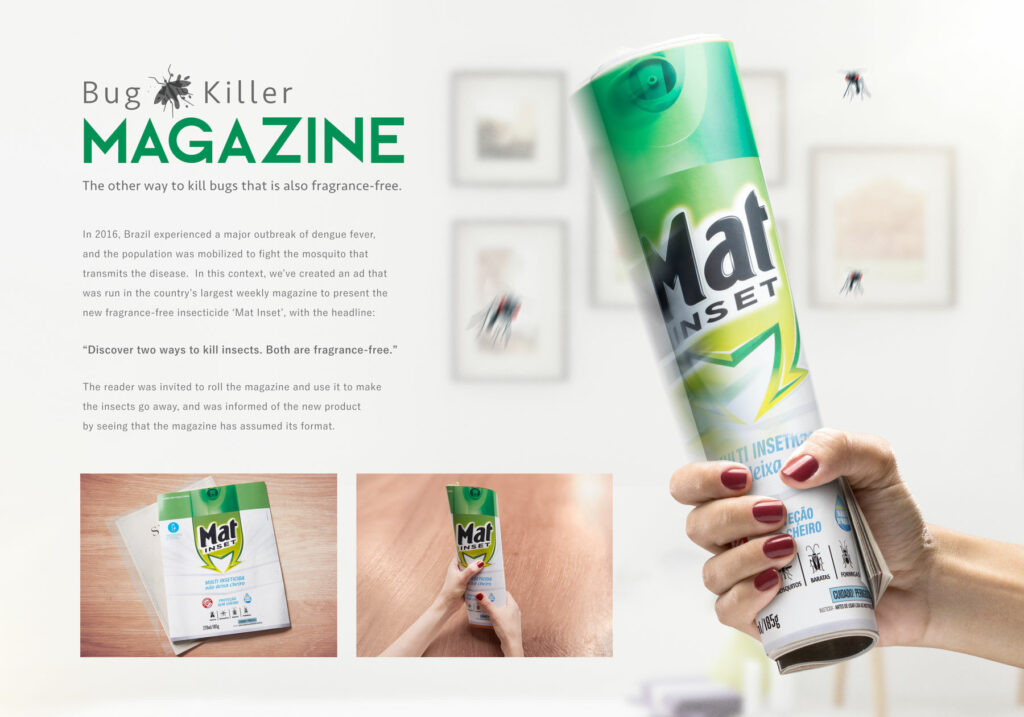
As ad agency execs finally call out digital ads, advertisers are renewing their interest in print advertising. And for good reason – print offers a far more trusted platform than digital and social, and brands appreciate this sound base on which to engage.
That’s the “why” of print advertising today, but what about the “how”? Because print, by its very nature, throws up physical constraints for designers, it requires a different thought process than other forms of advertising. These constraints certainly can spark some highly creative ideas, and that makes the potential for print ads rich and varied.
As a business investment, print must return on its ROI like any platform. Ellen Huber at the Moak Group offers up some solid “hows” in creating effective print ads that do the heavy lifting.
“The first step is understanding the consumer psychology behind it,” Huber writes. “Studies show that because we view print magazine ads as trustworthy and aspirational, we are more easily influenced by them, especially as compared to other ad types. It’s your job as the advertiser to reinforce this assumption with an expertly crafted print ad.”
To do that, Huber advises you start with the concept first, then the design.
“What reaction or emotion are you looking to evoke? What intangible benefit does your product offer the consumer? (Hint: sell style, not sneakers). With these questions answered, you’re ready to start designing. Keep in mind that consumers look to print magazine advertising to be truly print-worthy; to be beautiful and blend seamlessly into a publication where form is as important as function. A simple, lifestyle-focused ad will be better received than one that’s super technical and info-packed,” she explains.
Next, consider the technical realities of creating for print. She points out a few key things you might not think of, like:
- People tend to gravitate towards options that appear on the right side of the page. If you can, get a right-hand page placement, and use the right side of the ad for important things like branding or CTAs. Placement decisions like back-cover, placement near editorial copy, or other factors should also be strategically discussed.
- Use white space judiciously. Apple is amazing at this, using the white space as a part of the design itself, not just leftover space. Avoid the tendency to fill all the space just to fill it.
Finally, recognize that one of the super powers of print ads is their ability to inspire action; leverage this with a compelling call to action.
“While some products lend themselves to entirely visual ads, if yours require words, be sure to choose them wisely. Develop a clear call to action that’s short, sweet, and inspires action. 61 percent of readers are inspired to act after seeing a print magazine ad, so choosing a strong call to action is especially important in this advertising space,” Huber writes.
“Lastly, use your words to speak directly to your target audience, not broadly at the entire readership,” Huber concludes. “This is where real return is seen. Don’t turn the page on your chance to capitalize.”
It’s great to see so much emphasis lately on print ads – not just the whys, but the hows. Maximizing your ROI starts with having a good grasp of both.
